
News Directory
Importance of industrial robot bearing lubrication system and its maintenance optimization method
Importance of industrial robot bearing lubrication system and its maintenance optimization method
Importance of bearing lubrication system for industrial robots
1. Reduce friction and wear:
The lubrication system can effectively reduce friction and wear between the internal components of the bearing, reduce energy loss, and improve transmission efficiency. Good lubrication can ensure that the bearing maintains a low friction coefficient when running at high speed, reduce heat generation, and thus extend the service life of the bearing.
2. Prevent overheating:
Under high-speed operation or heavy-load conditions, a large amount of heat will be generated inside the bearing due to friction. The lubrication system prevents the bearing from overheating and the lubricating oil from deteriorating due to high temperature through cooling and heat dissipation, thereby ensuring the lubrication effect.
3. Prevent corrosion and pollution:
The lubrication system can also prevent external impurities and moisture from entering the bearing, and prevent corrosion and pollution of bearing components. A clean lubrication environment helps to maintain the cleanliness and stable performance of the bearing.
4. Improve positioning accuracy:
Good lubrication can reduce the vibration and noise of the bearing during operation, and improve the positioning accuracy and motion stability of the robot. This is especially important for industrial robots that require high-precision positioning and trajectory control.
Maintenance optimization method
1. Select the right lubricant:
Select the right lubricant according to the robot's working conditions (such as temperature, load, speed, etc.). Common lubricants include lubricating oil and grease, which have different viscosities and temperature stability. When selecting, ensure that the lubricant is compatible with the bearing material and can maintain stable lubrication performance under working conditions.
2. Regularly check and replace lubricants:
Establish a reasonable lubrication plan, regularly check the oil level or grease thickness of the lubricant, and replenish or replace it as needed. Ensure that the lubricant is used within the validity period and avoid using expired or contaminated lubricants.
3. Optimize the design of the lubrication system:
The design of the lubrication system should take into account the robot's working conditions and lubrication needs. The use of an automatic lubrication system can regularly supply lubricants to the lubrication points to ensure the stability and continuity of the lubrication film. At the same time, the lubricant supply method and the location of the lubrication points should be reasonably designed to ensure that the lubricant can accurately reach and cover the entire lubrication surface.
4. Strengthen cleaning and maintenance:
Regularly clean the pipelines, filters and oil tanks of the lubrication system to avoid the accumulation of impurities and contaminants. Keeping the lubrication system clean and in good condition helps to extend the service life of the lubricant and improve the lubrication effect.
5. Training and guidance:
Train and guide the maintenance personnel on the lubrication system so that they understand the selection, supply method and monitoring method of lubricants. Ensure that the maintenance personnel can properly operate and maintain the lubrication system and find and solve problems in time.
6. Monitoring and alarm:
The lubrication system should have monitoring and alarm functions, and be able to monitor the flow, pressure and temperature of the lubricant in real time. Once an abnormal situation is found, the alarm should be issued in time and measures should be taken to prevent bearing damage and robot failure caused by poor lubrication.



 English
English 中文简体
中文简体 عربى
عربى
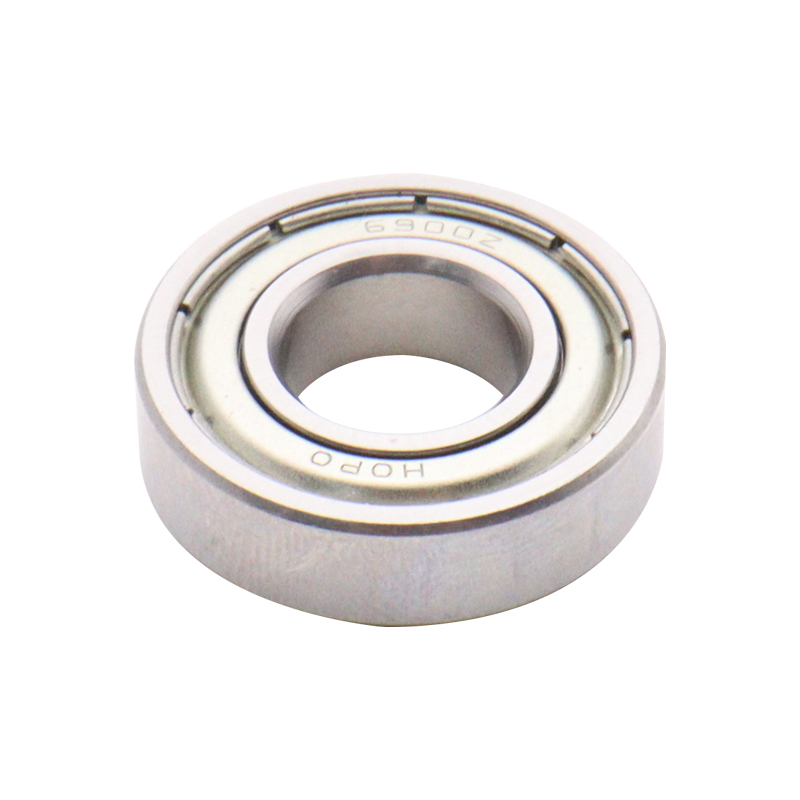
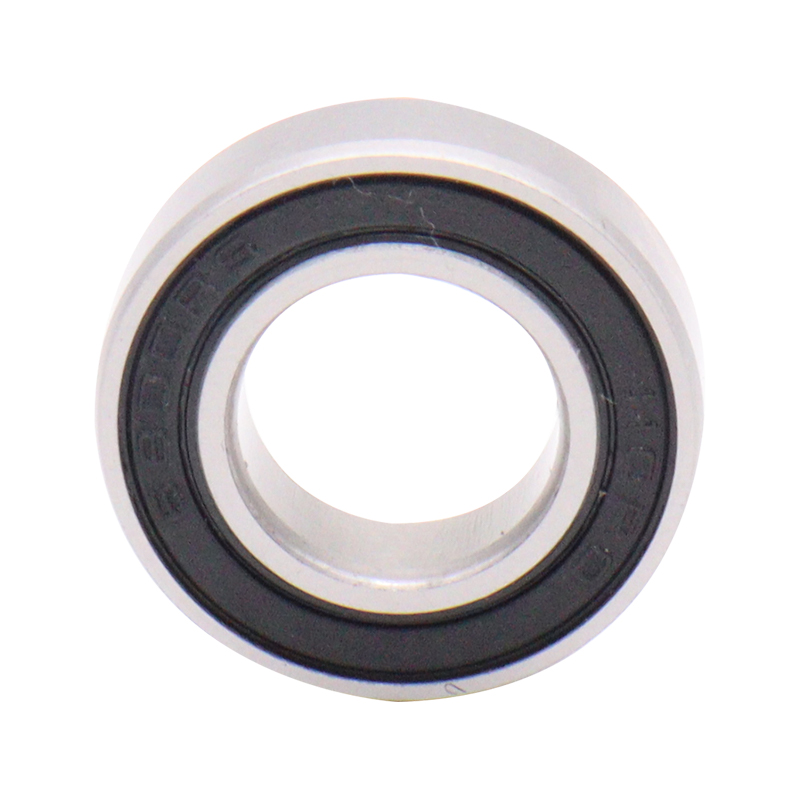
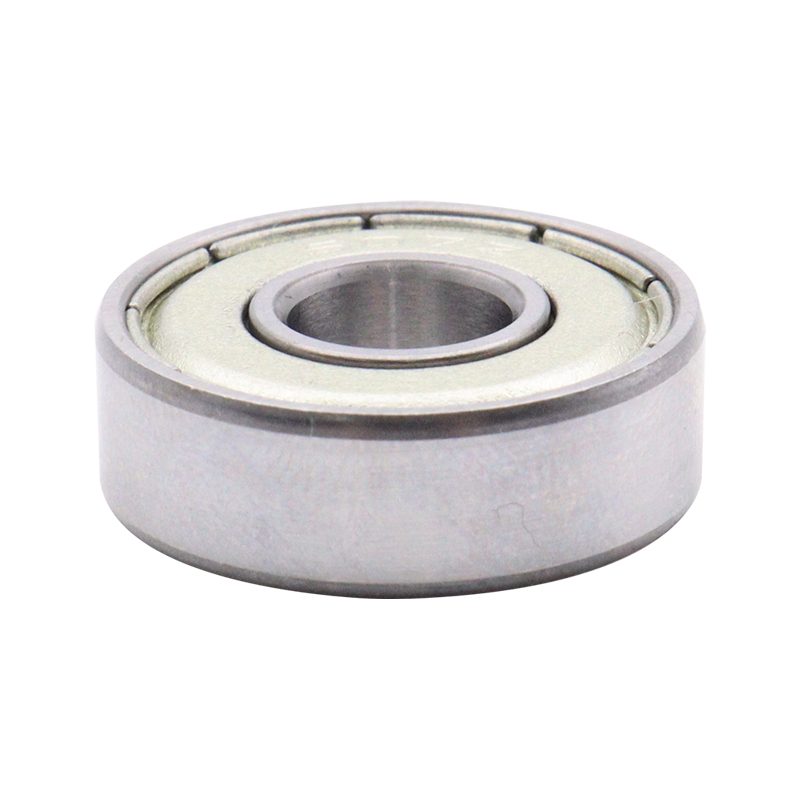
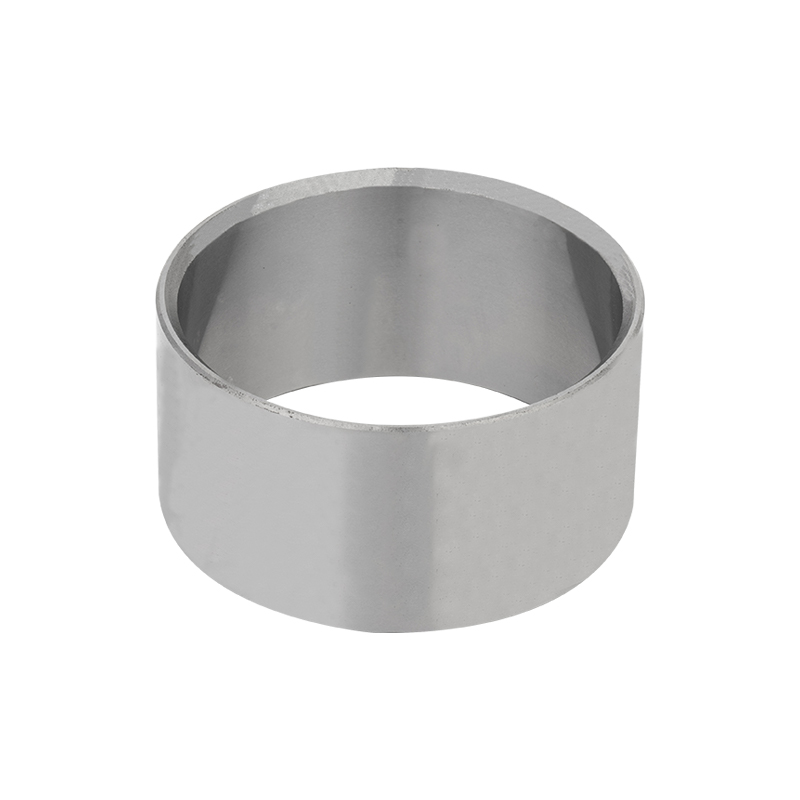
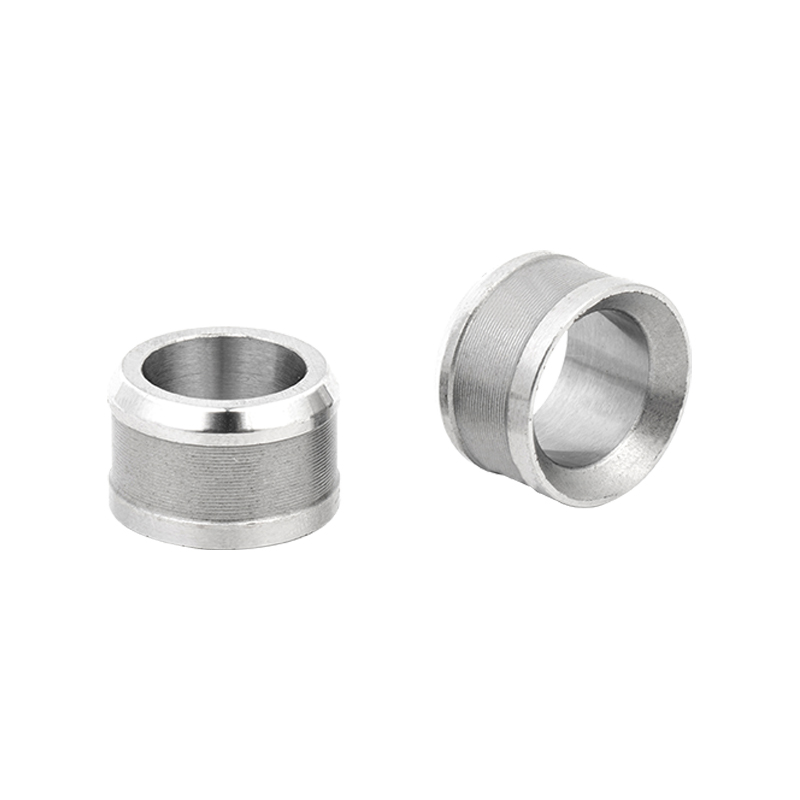
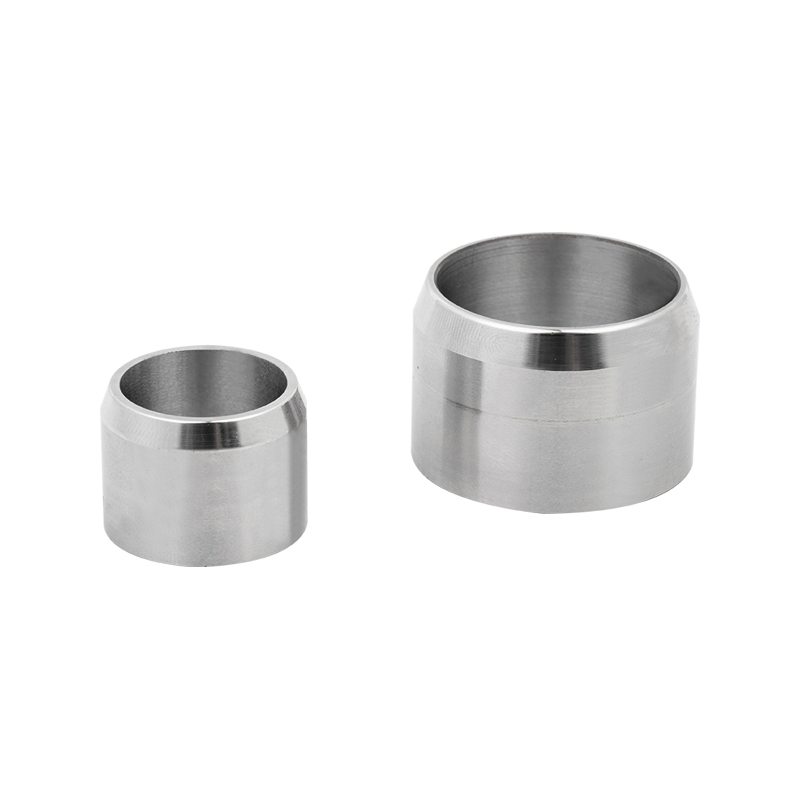
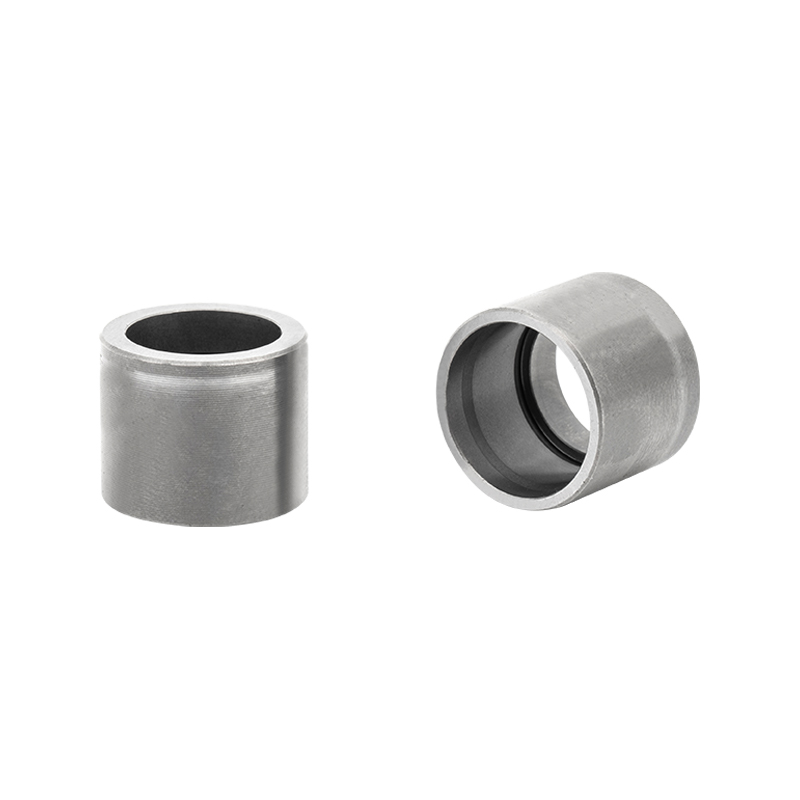
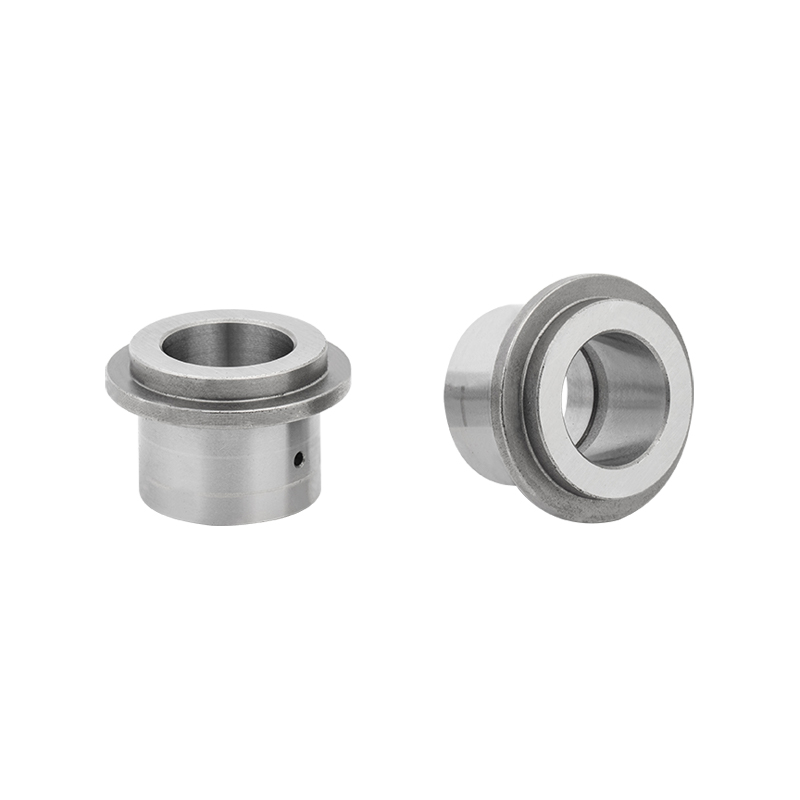

 Download Catalog
Download Catalog
